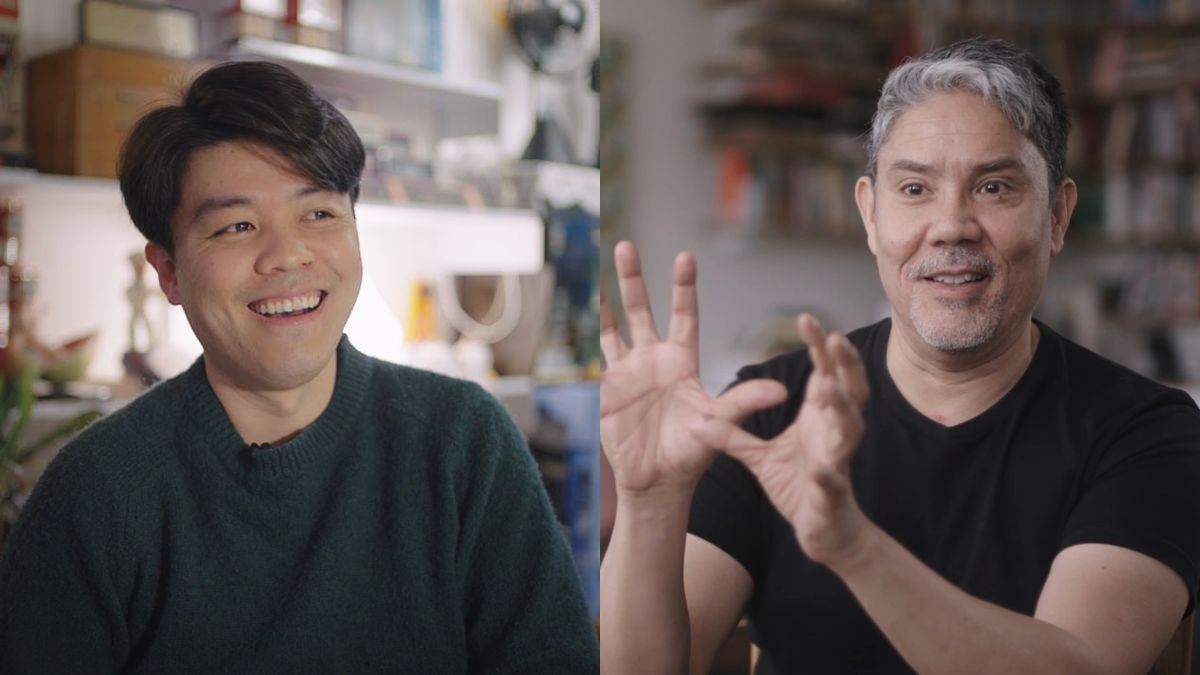The Paler King I
2019 - Textile (Textile)
170 x 100 cm
Egle Jauncems
The title of this work by Egle Jauncems, The Paler King I , is taken from an unfinished novel by the late David Foster Wallace called The Pale King, published posthumously in 2015. Jauncems notes that the book is fragmented, following unrelated characters struggling with ennui and depression, navigating the pressures of modern reality. In her art practice, Jauncems has been interested in the lives of powerful and influential men for many years. She sees her artwork as representations of “tired, bored and exhausted figures trapped in complex artificial worlds.” Made from remnants of canvases or woven works, some of her own and some salvaged from fellow artists, The Paler King bears a motif resembling an inverted fleur-de-lis, a regal symbol, among the tattered materials that hang down in a bedraggled manner. Jauncems has always been interested in symbols of imperial and regal power and is particularly fascinated by Ingres’ portrait of Napoleon complete with imperial trappings. The torn remnants hang from a rod like exhausted garments. The elements are not in a fixed position and can be rearranged at will. Thus the work remains in an ‘unfinished’ state, like Foster Wallace’s book. The sense of disrepair in the fabrics also calls to mind the clothing of unfortunate people who have fallen from safe positions into destitution. Or perhaps to the scraps they put together to cover themselves in place of blankets to keep warm. The work underscores a sense of destitution so commonly found in our society, and in particular, at the margins.
Egle Jauncems’s practice considers the relationship between painting and textile art. For many years she has used a combination of weaving and painting to examine the long standing relationship between these mediums and their nuances more deeply. Jauncems’s work often engages with power dynamics, and in particular powerful men and how they are portrayed in painted portraits. In addition, she is interested in recycling or preventing materials from going to waste.
Colors:
Related works sharing similar palette

© » KADIST
Alexandra Pirici
Furthering Alexandra Pirici’s enquiry into the economy and circulation of artworks, Parthenon Marbles is an immaterial version of the sculptural ensemble embodied by five performers...

© » KADIST
Pedro Reyes
2005In Reyes’s words, “We should be able to extract the technological nutrients before we excrete our waste...

© » KADIST
Helina Metaferia
2023By Way of Revolution is a series that addresses the inherited histories of protest that inform contemporary social movements...

© » KADIST
Zhang Kechun
2012Zhang Kechun’s photographic series The Yellow River documents the effects of modernization along the eponymous Yellow River, the second longest in Asia...

© » KADIST
Fernanda Gomes
2013For this floor based work, Gomes has taken two lengths of bamboo and tied them together using linen thread...

© » ARTS EQUATOR
Big Brother is watching you: the exhibition aiming to tackle surveillance and censorship (via SEA Globe) | ArtsEquator Thinking and Talking about Arts and Culture in Southeast Asia ArtsEquator Radar June 21, 2018 Surveillance and censorship are becoming part and parcel of daily life around the world, and yet many citizens seem content to turn a blind eye to it...

© » KADIST
Mark Grotjahn
2002This particular drawing, like many of Grotjahn’s works, presents a decentered single-point perspective...

© » SOUTH CHINA MORNING POST
Meet Hong Kong’s ‘Flower Granny’ artist, 92 – likened to Yayoi Kusama – for whom the world is her canvas | South China Morning Post Advertisement Advertisement Art + FOLLOW Get more with my NEWS A personalised news feed of stories that matter to you Learn more Hong Kong artist Fapopo with some of her work at her home in Sai Kung in December 2022...

© » KADIST
Catalina Ouyang
2021font VII by Catalina Ouyang is part of an ongoing series of ‘fonts’, or sculptures, inspired by Catholic holy water vessels...

© » HYPERALLERGIC
National Academy of Design Presents “Sites of Impermanence” Skip to content Willie Cole, “Five Beauties Rising” (2012), suite of five prints, intaglio and relief (courtesy the artist) The National Academy of Design’s new exhibition , Sites of Impermanence , celebrates the contributions of the 2023 Class of National Academicians: Alice Adams, Sanford Biggers, Willie Cole, Torkwase Dyson, Richard Gluckman, Carlos Jiménez, Mel Kendrick, and Sarah Oppenheimer...

© » KADIST
Zai Kuning
2014Converting is a piece about the Orang Laut, often called Sea Nomads, that inhabited the Riau archipelago...









